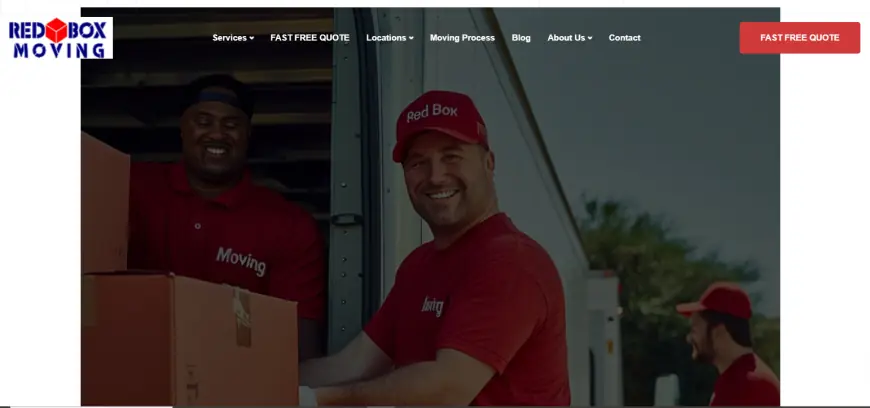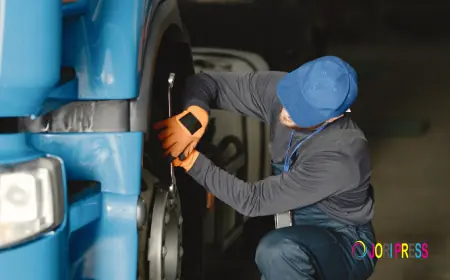Smooth Relocation Strategies for Businesses and Homes
Relocation, whether for a household or a workplace, involves planning, organization, and an understanding of how to transition smoothly from one place to another. The process is more than just transporting items from point A to point B; it includes preparing belongings, arranging transportation, coordinating timing, and ensuring everything arrives safely and intact. With proper preparation, moving becomes less stressful and more efficient, even when the scale of relocation is significant.

The Complexity of Business Relocation
When a business decides to change its location, the planning phase becomes even more detailed than a typical residential move. In such cases, commercial moving requires a structured approach to avoid downtime and to maintain continuity of operations. A move that involves office equipment, files, specialized machinery, and sensitive data calls for precision at every stage. Business relocations must often be timed outside of peak working hours so as not to disrupt regular activities, and this adds another layer of coordination to the process.
Planning Ahead for a Smooth Transition
The key to a successful relocation is thorough planning well in advance of the actual move. The process begins with an assessment of what needs to be transported, discarded, stored, or donated. Creating a detailed inventory helps in organizing items and reduces the risk of losing or misplacing anything. A timeline for the move should include deadlines for packing, scheduling transportation, and setting up at the new location. Clear communication with all parties involved, including employees or household members, ensures that everyone is prepared for the changes.
Organizing Belongings Effectively
Effective organization involves categorizing items based on type, size, and fragility. For a home move, it can be as simple as labeling boxes for each room. For a business move, it becomes more detailed, involving labeling files, electronics, and specialized equipment so that each item is easy to locate after the move. Color coding is a practical way to make unpacking faster and less stressful. Specialized packing materials like bubble wrap, sturdy cartons, and crates for fragile items further ensure that everything remains safe during transportation.
Minimizing Disruptions During Relocation
For business relocations, minimizing downtime is critical. Strategies such as staggered moving schedules, temporary remote work arrangements, and pre-arranging utilities and internet at the new location all help in reducing interruptions. Residential relocations also benefit from scheduling moves during off-peak times to avoid traffic delays and to ensure smoother access to the new location. Coordinating with building management, elevators, and parking availability can also make a difference.
Safety and Security of Items
The safety of belongings is an essential aspect of any move. For fragile and valuable items, specialized packaging techniques protect against damage during transport. Using the correct lifting techniques or equipment like dollies and straps can prevent accidents. Businesses often have confidential data and sensitive documents that must be moved securely. Locked containers and proper tracking of these materials ensure privacy and compliance.
Preparing the New Location
Before the moving day, the new space should be prepared to receive the items being relocated. For businesses, this means confirming that the infrastructure such as cabling, furniture placement, power supply, and internet connections are ready. For residential moves, it involves cleaning, checking utilities, and making any necessary repairs. Having a floor plan prepared in advance makes it easier to place items in their proper locations quickly.
Technology and Tools for Moving
Modern moving processes are greatly improved by the use of technology. Inventory apps, barcode labeling systems, and project management tools make it easy to track progress and stay on top of tasks. In a business environment, technology can also be used to back up digital files and set up workstations remotely so that employees can resume work as soon as possible after the move.
Special Considerations for Large Scale Moves
Larger relocations, whether corporate offices or large homes, often require a phased approach. Breaking the move into stages ensures that the process is manageable and reduces the risk of oversights. Heavy or bulky equipment may require specialized transport vehicles or cranes, while delicate electronics may need climate-controlled environments. Such considerations highlight the importance of having a detailed plan from the beginning.
Reducing Stress During the Process
One of the major challenges during relocation is the stress it brings to those involved. This can be mitigated by staying organized and delegating tasks where possible. Keeping a checklist of important steps helps ensure nothing is forgotten. Regular updates to everyone involved also provide reassurance that progress is being made according to plan.
Post-Move Organization
Once the relocation is complete, the process does not end. Setting up the new space efficiently makes a big difference in how quickly normal operations can resume. For businesses, that might mean setting up workstations, reconnecting networks, and ensuring employees know where everything is located. For households, it involves unpacking in an organized way, arranging furniture, and making the space feel comfortable as soon as possible.
Sustainability in Moving
Another growing focus in relocation today is sustainability. Choosing eco-friendly packing materials, recycling boxes, and minimizing waste are steps that reduce the environmental impact. Donating unwanted items before a move is also a way to reduce what needs to be transported while helping others at the same time.
Conclusion
Relocation can be a complex task, but with proper planning, organization, and attention to detail, the process becomes manageable and efficient. Whether the move involves a small household, a large home, or an entire business operation, careful preparation ensures that belongings arrive safely and that disruption is minimized. A structured approach provides the foundation for a smooth start in a new location, setting the stage for fresh opportunities and growth.
What's Your Reaction?
 Like
0
Like
0
 Dislike
0
Dislike
0
 Love
0
Love
0
 Funny
0
Funny
0
 Angry
0
Angry
0
 Sad
0
Sad
0
 Wow
0
Wow
0
















































